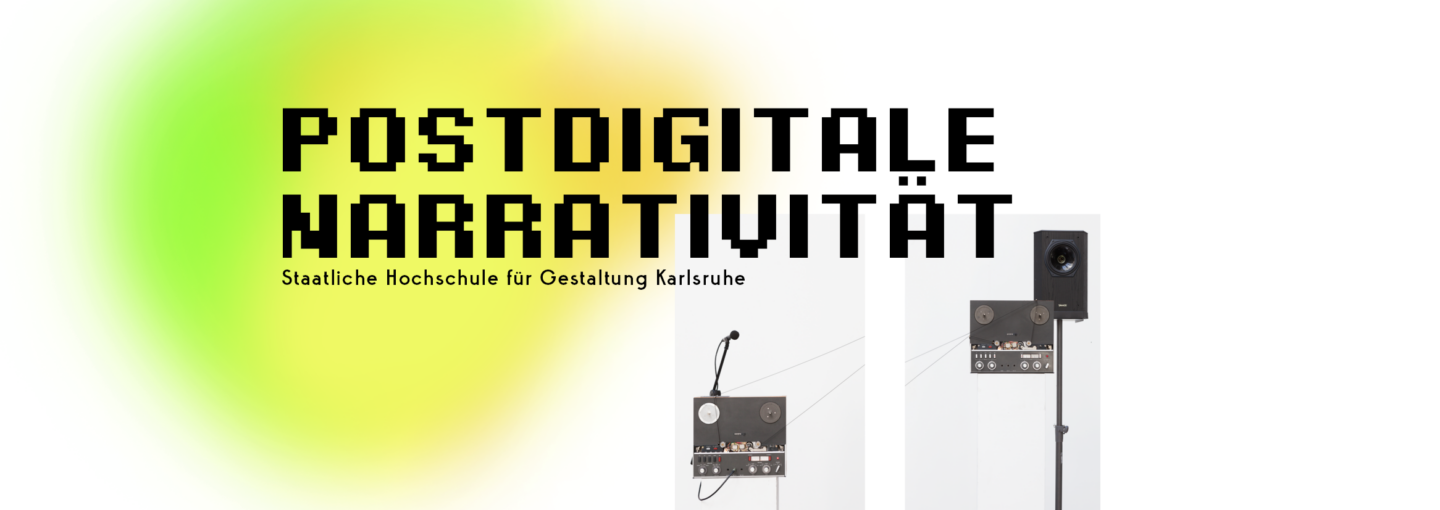Changes in Printing and Binding Techniques and their Influence on Book Design 1860s-1960s
28. October 2015 | 4 pm | Blackbox 3rd floor
In the West, the form of the book (including scrolls and booklets) changed slowly from handwriting to printing from the time of the Gutenberg’s invention. However, in Japan, the scrolls became booklets by binding the paper with thread. From the Meiji Restoration, efforts were then made to introduce Western forms. The fact that Western-style binding did not enter Japan easily, is an important characteristics of Japanese bookmaking and binding. It is thus difficult to delineate “the beginning” of the history of Western-style book making and binding in Japan. Form, technology and material of the book transformed during the Meiji era using Japanese, Chinese, and Western elements in different proportions.
The sudden introduction of Western techniques and material caused a lot of confusion and urged the reform of the consciousness and knowledge of the Japanese book-makers. They had to learn how to imitate the technology of the West, but their task at the time was not only to imitate, but also to realize a cross-cultural blend between Japanese and Western book-binding, and achieve iconic representation of the contents of the book on the cover of the book. These elements are important when considering the modern “Japanese book”.
The purpose of this paper is is to provide an overview of the evolution of book-making from the Meiji period until the 1960s, and to examine the relationships between the different technological innovations, and summarize the results. In the meantime, the book has changed from a form of the flat Japanese book, to the form of the Western book with a spine. The results of this research presented in this paper confirmed that the book became a three-dimensional object. From this research, we can make an attempt to conceive the future directions of book-design.
